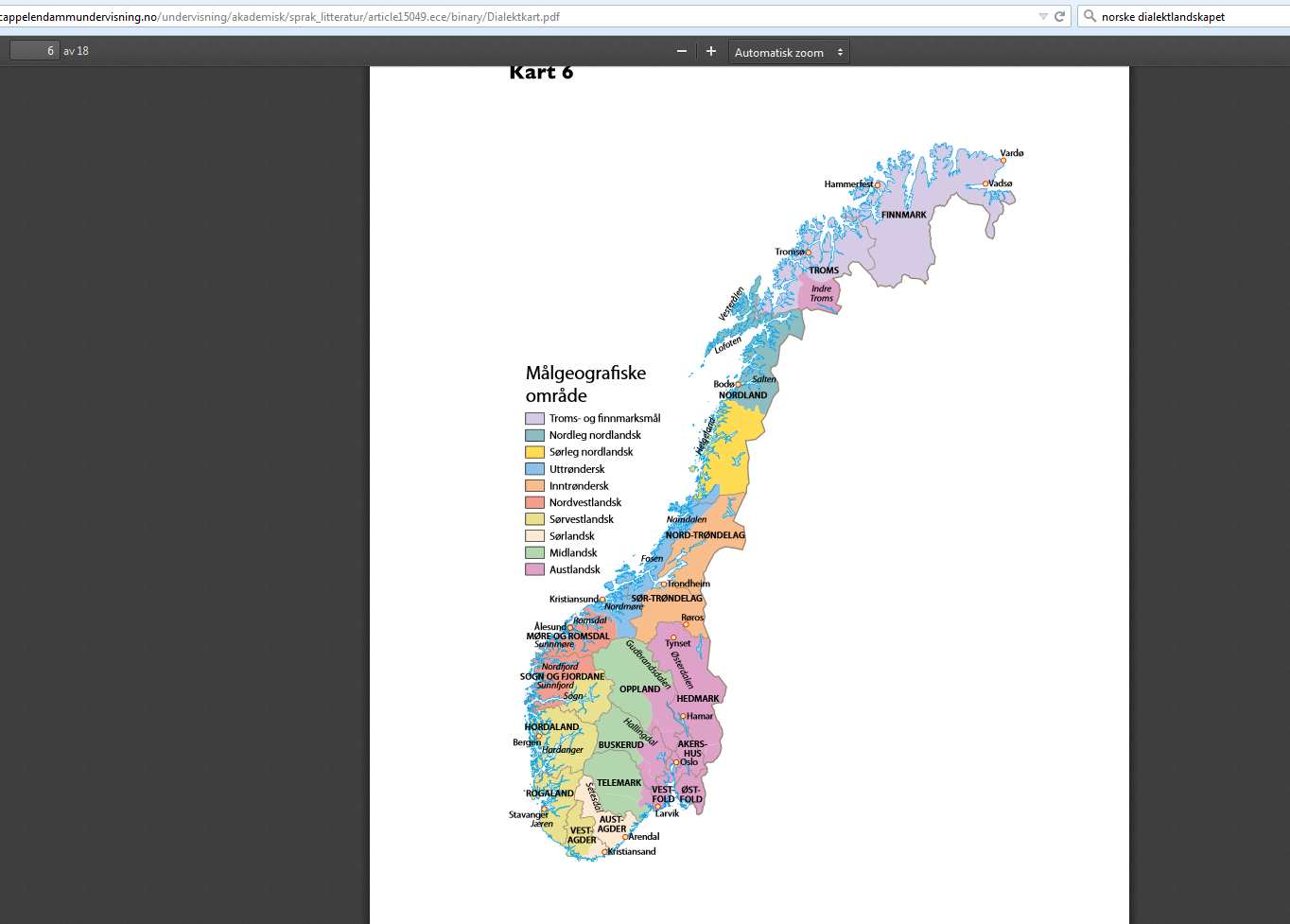The boundaries between the Scandinavian languages are fairly arbitrarily defined, mostly by national borders, but that is not to say that differences doesn't exist, and while East Norwegian and North Swedish may sound very similar, West Norwegian and South Swedish is clearly two different languages, and the only question is where in the continuum the line in the sand should be drawn. For example, Jamtlandic (jamska) was considered an East Norwegian dialect until the Swedish-Norwegian union was dissolved, when it was reclassified as a North Swedish dialect, but the North Swedish dialects are the Swedish dialects closest to Norwegian, and the East Norwegian dialects are the Norwegian dialects closest to Swedish, and Jamtlandic has always been the dialect with the most crossover between the East Norwegian and North Swedish dialects. Also, Scanian (Skånska) was considered a Dansh dialect until Sweden won a war and it suddenly was a Swedish dialect, but Scanian was always influenced by nearby Swedish dialects to a much larger extent than other Danish dialects was (and has over time evolved so that most Danish speakers more easily understand Standard Swedish than they do Scanian).
Current "official" Norse languages are:
Finlandssvenska (Finland Swedish)
Svenska (Swedish)
Övdalsk (Elfdalian)
Gutniska (Gutnish)
Norsk - Bokmål (Norwegian - Bokmål)
Norsk - Nynorsk (Norwegian - Nynorsk)
Dansk (Danish)
Íslenska (Icelandish)
Føroyskt (Faroese)
Historically Icelandish, Faroese and Norwegian evolved from Old West Norse; while Danish, Swedish, and Elfdalian evolved from Old East Norse; and Gutnish evolved from Old Gutnish, and most linguists classify the languages based on their ancestry. However, over time Norwegian and Gutnish have been strongly influenced by East Norse languages, and it is now fairly common to bundle them with the East Norse languages in a "Scandinavian" language group, while keeping Islandish and Faroese in the West Norse language group.
The difference between Bokmål and Nynorsk is technically only in written form, and speakers of any Norwegian dialect can write using either written form, but in practice each spoken dialect is tightly bound to one of the written forms. Bokmål is essentially Danish as of 1814 with some minor changes, while Nynorsk is a reconstruction of how poorly educated Norwegians wrote during the 18th century (well-educated Norwegians wrote Danish, as Norway was part of Denmark and no universities was located in what is now Norway).
Finland Swedish is officially a language variant of Swedish, much like American English is a language variant of English, but the Finland Swedish dialects are often harder to understand than Norwegian dialects to Swedish speakers, though both are fairly easy to understand.
Elfdalian and Gutnish are dying, but not quite dead, minority languages in Sweden, gradually being replaced by highly dialectal Swedish, but in their pure form they are not mutually intelligible with Swedish (unlike Norwegian and Danish which are), and so they are considered languages despite not having their own army and navy...
In written form, Finland Swedish and Swedish are almost indistinguishable; Danish and Bokmål are almost indistinguishable; and Nynorsk is somewhere in between; and while the three groupings are clearly distinguishable from each other, they are fairly easily to understand to speakers of either. To a speaker of one of the aforementioned languages Gutnish and Elfdalian looks odd, but can be deciphered with a modest effort; while Icelandic, Faroese, Old East Norse, Old West Norse and Old Gutnish are truly arcane and requires significant effort to get even an cursory understanding of the text (comparable to an English speaker reading Beowulf without a translation). Speakers of Icelandic and Faroese can easily understand the written form of each other; can easily understand Old West Norse; can decipher Old East Norse with modest effort; but find Old Gutnish truly arcane.
In spoken form, Finland Swedish, Swedish and Norwegian are fairly easily mutually intelligible, Norwegian and Danish are mutually intelligible with a modest effort, and (Finland) Swedish and Danish are mutually intelligible only if both parties put effort into it (speaking slowly and clearly etc). No other combination of modern Norse languages are mutually intelligible, but thanks to their common ancestry learning another Norse language is somewhat easier than learning other European languages.


